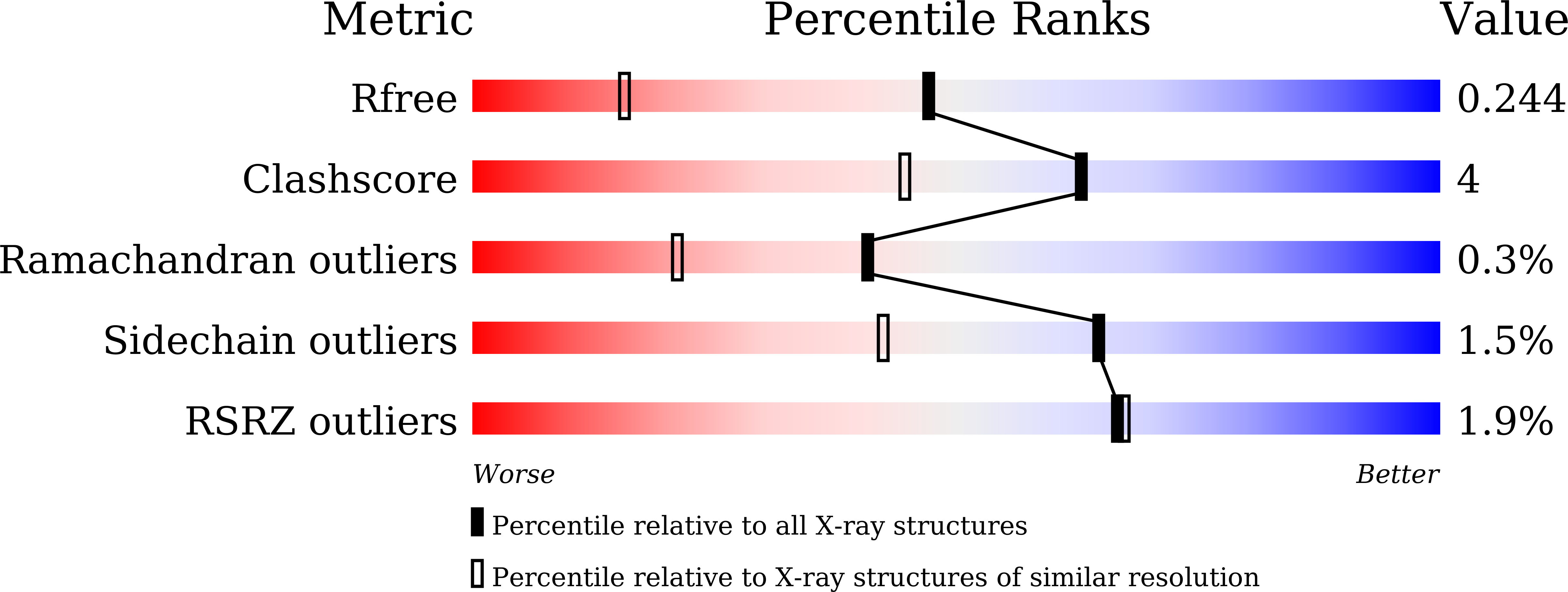
Deposition Date
2023-05-19
Release Date
2024-05-08
Last Version Date
2025-11-19
Entry Detail
PDB ID:
8JG2
Keywords:
Title:
Crystal structure of a biosynthetic thiolase from Megasphaera hexanoica soaked with hexanoyl-CoA
Biological Source:
Source Organism:
Megasphaera hexanoica (Taxon ID: 1675036)
Host Organism:
Method Details:
Experimental Method:
Resolution:
1.64 Å
R-Value Free:
0.23
R-Value Work:
0.19
R-Value Observed:
0.20
Space Group:
P 2 21 21


